
Introduction
jianjie
In August 2011, the National Development and Reform Commission issued the "Notice on Improving the On-grid Price Policy for Solar Photovoltaic Power Generation" (Fagai Price [2011] No. 1594), proposing to divide the country into For the four types of solar resource areas, corresponding benchmark on-grid electricity price policies have been formulated.
At the beginning of 2013, the "Photovoltaic Zone Benchmark Electricity Price and Distributed Photovoltaic Energy Subsidy Standard Calculation" was released, which provides a calculation method for the reasonable electricity price of large photovoltaic power stations and the subsidy price of distributed photovoltaic systems. In September of the same year, the National Development and Reform Commission issued the "Notice on Using Price Leverage to Promote the Healthy Development of the Photovoltaic Industry" (Guofa [2013] No. 24), which divided the country into three types of solar energy based on local solar resource conditions and construction costs. In resource areas, benchmark on-grid electricity prices for photovoltaic power stations will be formulated accordingly, and distributed photovoltaic power generation will implement a policy of full power subsidies.
At the end of October 2015, the National Development and Reform Commission issued the "Notice on Improving the Benchmark Electricity Price Policy for Onshore Wind Power and Photovoltaic Power Generation" (Discussion Draft) (hereinafter referred to as the "Discussion Draft"). This time it is clearly stated that during the "Thirteenth Five-Year Plan" period, the benchmark on-grid electricity prices for onshore wind power and photovoltaic power generation will be reduced year by year with the scale of development to achieve the "Energy Development Strategic Action Plan (2014-2020)" of the General Office of the State Council ( Guobanfa [2014] No. 31) proposed the goal of “by 2020, the on-grid electricity price of wind power will be equal to that of coal power, and the price of photovoltaic power generation will be equal to that of grid sales electricity.”
With the rapid increase of photovoltaic installed capacity, it is imperative to adjust the electricity price subsidy policy.
After the formal electricity price subsidy policy was issued in 2013, large-scale utilization was attempted in just three years. China's photovoltaic market has created a brilliant period, with more than 10GW per year. The growth rate of installed capacity makes China's photovoltaic industry stand out in the world.
Whether aiming at the ultimate goal of affordable Internet access, or worrying about the arrears of photovoltaic subsidies for up to two years, the two are fighting and blending, and the contradictions are getting worse. Many photovoltaic investors are in a dilemma. The photovoltaic industry, which originated from policies and thrived on subsidies, is once again troubled by subsidy policies. The ultimate interest relationship must be based on the policy itself. The reduction of photovoltaic on-grid electricity price subsidies is not unexpected in the industry.
The core purpose of the "Discussion Draft" in October 2015 is to implement a price policy in which "the benchmark electricity price for onshore wind power and photovoltaic power generation will be reduced year by year with the scale of development."
The impact of photovoltaic power generation price adjustment on power generation income
The following table is an analysis of the changes in on-grid electricity prices in different resource areas based on the "Discussion Draft" attachment - "Yearly Adjustment Plan for Photovoltaic Power Generation Prices":

Looking at the overall photovoltaic electricity price this time The subsidy adjustment plan has the following characteristics. First of all, in view of the different reduction rates of electricity prices in different resource areas, encourage the construction of more power stations in the three types of areas with good consumption, and curb the investment impulse in areas with poor consumption capacity such as the west; secondly, give a clear time node, according to the annual reduction Electricity prices and shortening the validity period of "road strips" will prompt local governments to speed up the issuance cycle of "road strips" and promote the emergence of more transparent distribution methods.
"Discussion Draft" plans a new photovoltaic grid benchmark electricity price plan, and changes in power station income have become the biggest concern for investors.
There are many factors that affect the investment income of photovoltaic power stations. The price of main equipment and materials, engineering construction costs, market financing environment, objective environment such as light abandonment and power rationing, etc. are all relevant. Assuming that other factors are stable, we only discuss the direct impact of the feed-in tariff subsidy reduction on the income of photovoltaic power stations. Taking the industry average indicators as the base, the calculation results show that due to the different reductions in electricity prices in different resource areas, the impact on income is also different. In 2016, electricity prices fell. It will lead to a reduction in the internal rate of return (IRR) of the power station by 0.91% to 2.52%, with the first-class resource area having the greatest impact.
Photovoltaic power station investment, as the highest-yield link in the photovoltaic industry chain, has gradually become the focus after manufacturing. Keeping the internal rate of return flat or continuing to increase is the main theme of market investment.
To improve the internal rate of return of a power station, the first answer that comes to mind is naturally to reduce costs. Secondly, according to the principle of issuing electricity price subsidies, the next answer is to increase the power generation capacity.On the whole, maintaining IRR (internal rate of return) is the key to balance.
Taking the first-class resource area as an example, after the feed-in tariff subsidy is reduced, if you want to maintain the same internal rate of return as in 2015, the investment amount of the power station must be reduced by approximately 0.46 yuan/watt; if the investment conditions are the same, the power generation capacity must be increased by approximately 5.56 yuan. %.
Technological innovation leads to a reduction in the cost of electricity.
Simply reducing initial investment reduces the normal profits of the industry, and the industry will not be able to achieve healthy and sustainable development. Serious homogeneity, low cost, low quality, and low price will destroy our future industry competitiveness. Enterprises must have reasonable profits before they can continue to invest in research and development and ensure appropriate profit accumulation, which is the basis for industry development.
Data from the China Photovoltaic Industry Association shows that from 2007 to 2015, the price of photovoltaic modules dropped from 36 yuan/watt to the current 3.5~3.8 yuan/watt, a decrease of 86.4%; the price of inverters dropped from 4 yuan/watt to 0.3 yuan/watt. The price of grid-connected photovoltaic systems dropped from 60 yuan/watt to 7 to 8 yuan/watt, a drop of 86.7%. On the basis of ensuring the quality of the power station,
adopts new materials, application technology innovation, refined design and intelligent operation and maintenance management to effectively increase power generation, reduce photovoltaic LCOE, increase the internal rate of return of the power station, and truly ensure the health of the power station. income, achieving the final goal of affordable Internet access.
The introduction of various policies at various stages by the government is intended to promote the photovoltaic industry to lead cost reduction through technological innovation, and gradually eliminate subsidies to achieve "affordable access to the Internet". The photovoltaic "Top Runner" program launched by the Energy Administration earlier is also intended to encourage technological innovation among enterprises and promote industry transformation and upgrading.
The practice of GCL New Energy Technology to create "Xin"
GCL Group utilizes the complete industrial chain of silicon raw materials, batteries, components, power station construction and operation, from materials, processes, technical solutions, implementation processes, operation and maintenance management, etc. In practice, through technological innovation, the production link has realized the essential transformation from "manufacturing" to "intelligent manufacturing". In the application link, photovoltaic power generation will be "refined, specialized, and optimized" to reduce the cost of electricity and jointly create a photovoltaic world brand. .
The technological innovation of photovoltaic devices
"Xin polycrystalline" series of materials and "Xin monocrystalline" series of materials have enabled the average cell efficiency to reach more than 18%, and the average light attenuation has been reduced by more than 1%; on this basis, "Xin monocrystalline" New components such as battery modules, King Kong modules, King Kong double-piece modules, double-glass modules, double-glass bifacial modules, and HJT battery modules have emerged at the historic moment. The maximum conversion efficiency is as high as 18%, which improves the output efficiency. High-voltage components, Oversized components also reduce system integration costs and construction and installation costs.
Photovoltaic application technology innovation
GCL New Energy makes full use of the advantages of the group's coordination mechanism to promote the application and improvement of technology throughout the industry chain. Optimize design plans, develop construction techniques, and innovate operating ideas. In addition to traditional photovoltaic power generation forms, we will actively explore emerging photovoltaic power generation such as photovoltaic agricultural planting, photovoltaic poverty alleviation, fishery and photovoltaic complementation, water and photovoltaic complementation, pastoral and photovoltaic complementation, highway, and river photovoltaics. In the market, we have introduced and innovated flat single-axis tracking systems, water surface floating systems, etc., and have made innovative breakthroughs in construction techniques in mountains, next-door beaches, and ponds and wetlands, ensuring quality, reducing costs, and shortening construction periods.
Technology application innovation
GCL New Energy also actively participates in the development of system equipment, and has joined forces with a number of well-known domestic companies such as Huawei to participate in high-efficiency string inverter equipment, high-voltage inverter equipment, aluminum alloy cables, Prefabricated cabin substation power distribution control equipment, automatic cleaning equipment, etc. are developed and developed to ensure system matching performance and improve overall conversion efficiency. Taken together, it is feasible to increase power generation by 3-5% and reduce losses by 1-2% through these technical measures, thereby achieving the goal of reducing the cost of electricity in the 25-year life cycle and achieving grid parity for photovoltaic power generation.
Faced with the continuous occurrence of "light abandonment" caused by the layout of photovoltaic power generation, GCL Group has carried out research and development work on energy Internet and energy storage technology.
information operation innovation. The control of project quality and the correct assessment of project profitability are receiving increasing attention and becoming a trend. Energy Internet technology is also penetrating into the photovoltaic power generation industry at an alarming rate, giving rise to the emergence of smart photovoltaics.
uses the analysis capabilities of big data to effectively improve the conversion rate of photovoltaic power stations and reduce the cost of manual care. More importantly, it can provide data basis for financial institutions and other investors, realize risk visualization, and enhance their risk prevention and control. ability to reduce financial risks and thereby increase the profits of photovoltaic companies.
Improving the revenue of power stations not only requires overall system solutions, but also depends on the overall operation and maintenance technical means of the entire life cycle. The operating costs during the operation period will be significantly reduced, and the revenue of related projects will be significantly higher. GCL New Energy has introduced the Fusion Solar system management concept of photovoltaic power stations from Huawei and other companies, and combined it with the needs of GCL New Energy to create a data-based and refined operation model. GCL PV's digital operation and maintenance system, combined with Huawei's string inverters and smart component cleaning devices, comprehensively increases power generation by 5-7% while reducing operating expenses.
Data related to the photovoltaic industry show that in the first three quarters of this year, the total output value of my country's photovoltaic manufacturing industry exceeded 200 billion yuan, with polysilicon production of approximately 105,000 tons; silicon wafer production of approximately 6.8 billion pieces, cell production of approximately 28GW; module production of approximately 31GW. As of September 2015, my country's installed photovoltaic power generation capacity reached approximately 37.95GW, and the planning target of 150GW may be reached during the future "Thirteenth Five-Year Plan" period. In the future, national policies will continue to tilt towards the photovoltaic industry. At the same time, the photovoltaic industry will pay more attention to technological innovation and value creation, improve conversion efficiency, reduce system costs, and accelerate integration with "Internet +".
The continued decline in subsidies has become a reality, and the photovoltaic industry must make technological breakthroughs and find solutions.



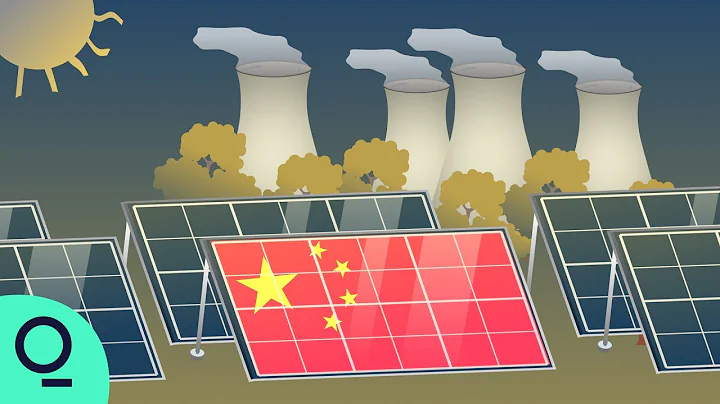
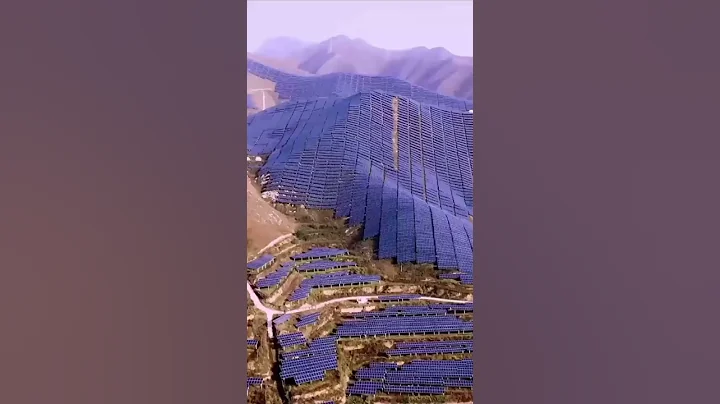
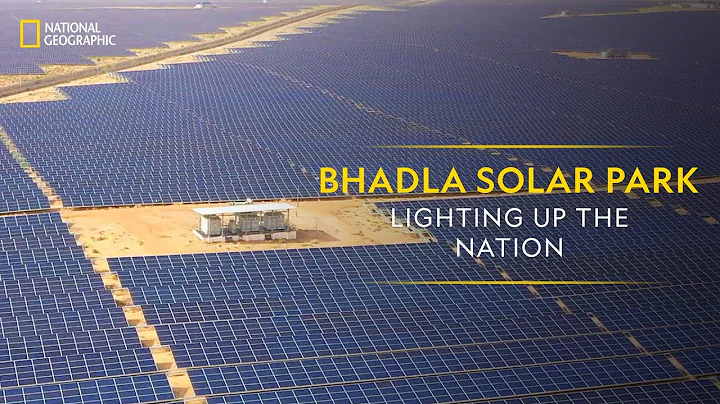
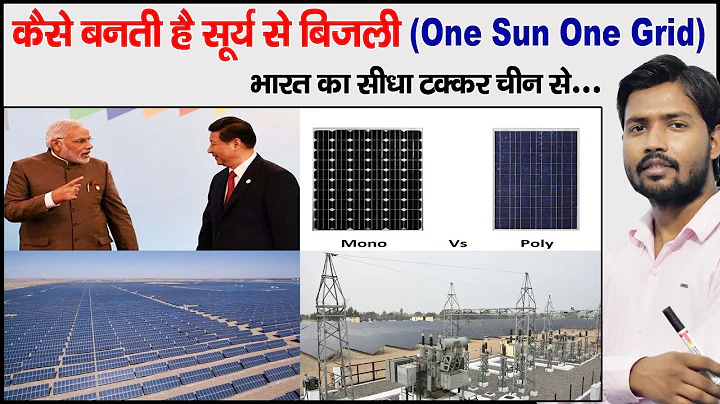
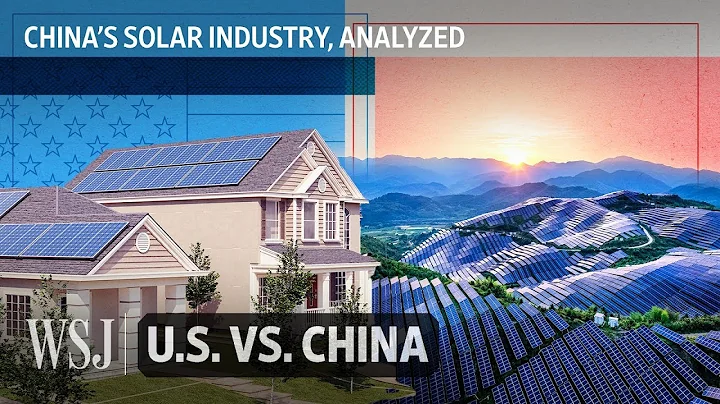
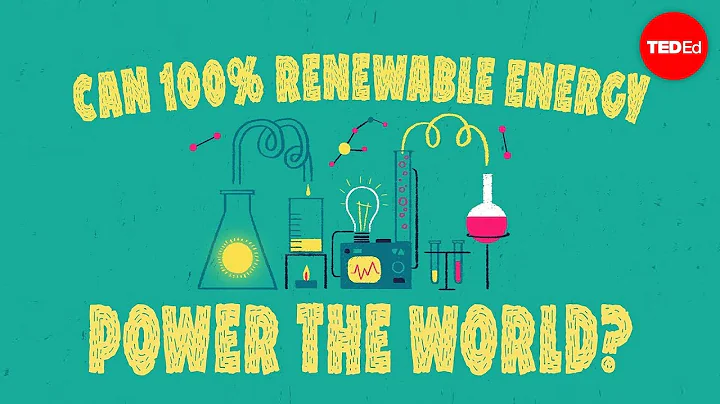
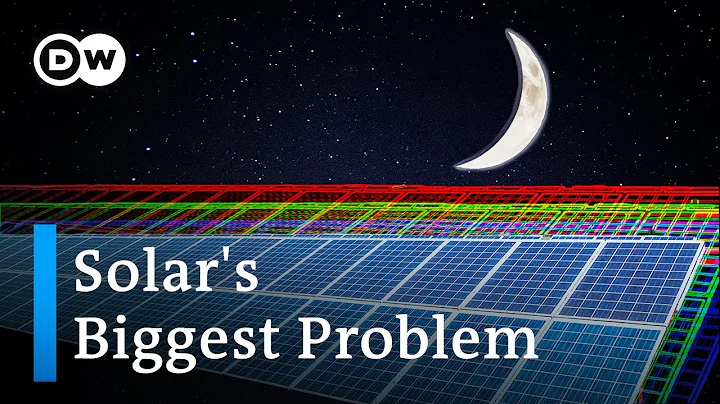
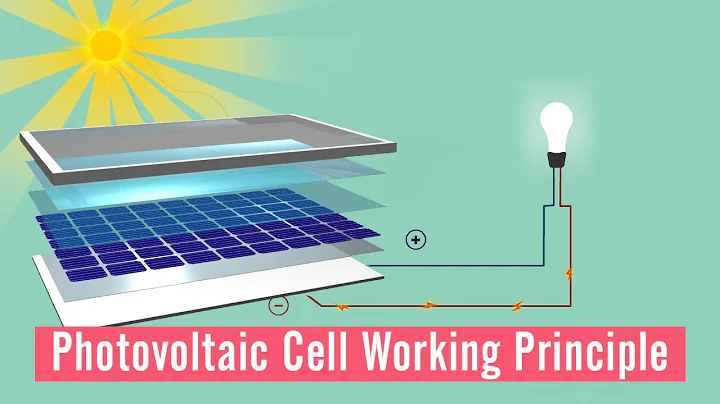



![[Taiwan News] Tzuyu at her Mom's cafe in Taiwan - DayDayNews](https://i.ytimg.com/vi/_EKj4I-dgXc/hq720.jpg?sqp=-oaymwEcCNAFEJQDSFXyq4qpAw4IARUAAIhCGAFwAcABBg==&rs=AOn4CLBsQS9h49UrmT64CQmtOH-Q2doS2Q)







